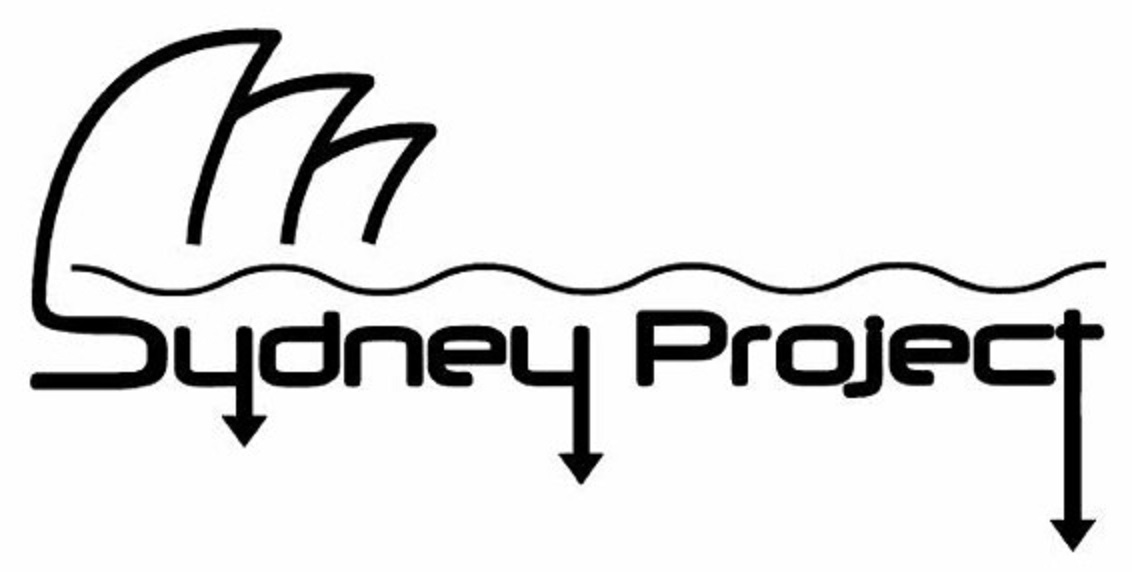Photo + Measurements
From individual images…to complete 3D models.
How do you accurately survey a ship that’s over 40 meters long, in water more than 60 meters deep, … when you can only dive for less than an hour at a time?
Photo (picture) + grammetry (measurements)
Photogrammetry literally means making measurements from images. The concept is based on the idea that each photographic image is relative to the next image in particular ways: direction, distance, depth, context, etc. So by stitching together a sequence of multiple images, we can form a cohesive map of an entire overall subject. From an individual image, to an entire 3D model.
Aerial photogrammetry has proven highly effective in terrestrial surveying to map vast geographical areas (hello GoogleEarth), providing the benefits of being able to digitally measure things like distances between two points. By adapting this to close-range photogrammetry in the marine environment, we now have a huge opportunity to take maritime archaeological surveys to previously impractical (or impossible) levels of accuracy, detail and precision.
Divers surveying shipwrecks originally used classical archaeological survey techniques to map wreck sites: manually setting up a baseline, installing survey points, using tape-measures, grids and frames to literally make individual measurements and hand-draw features and sections, that were later consolidated into a full-site diagrams.
With the onset of digital photography and advances in the software applications that make their processing possible, photogrammetry is one of the newest technical innovations in marine spatial analysis, becoming one of the most efficient and effective ways to make detailed surveys of complex sites in challenging environment.
